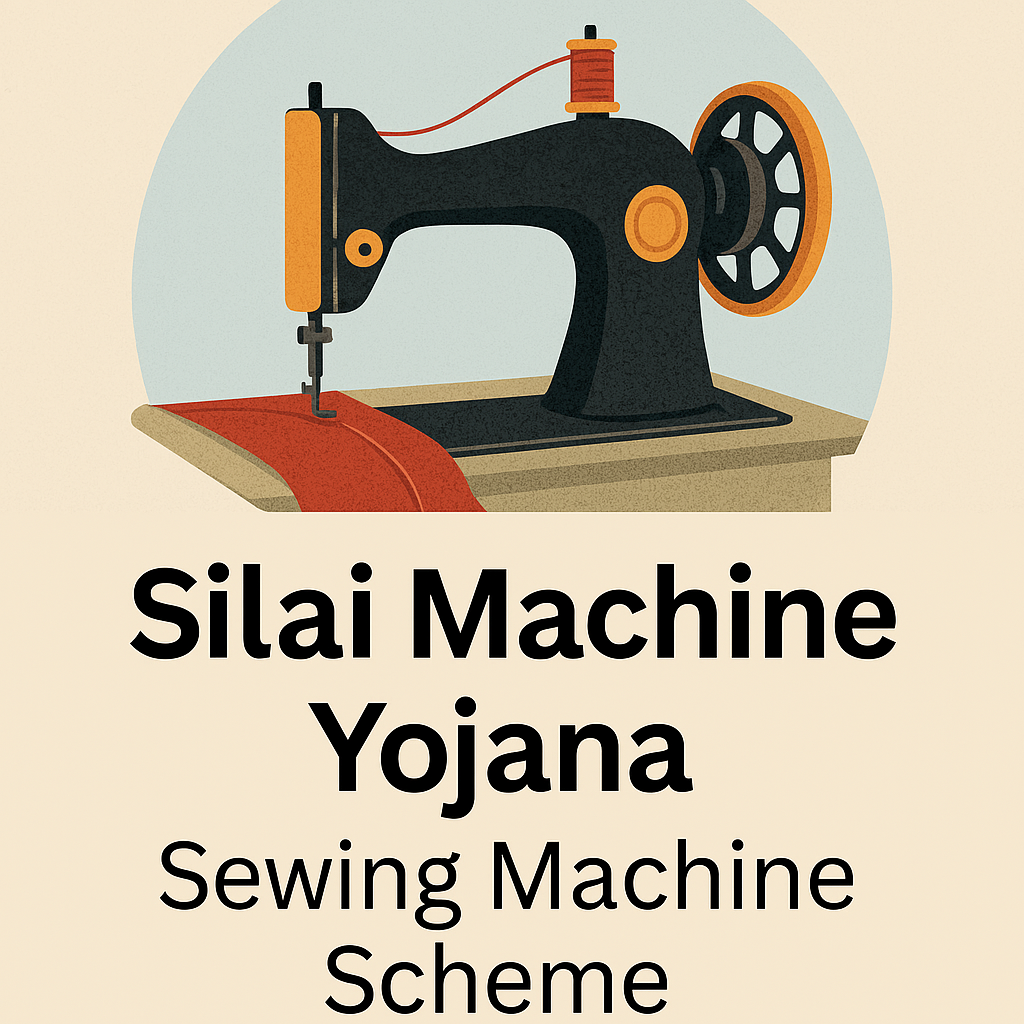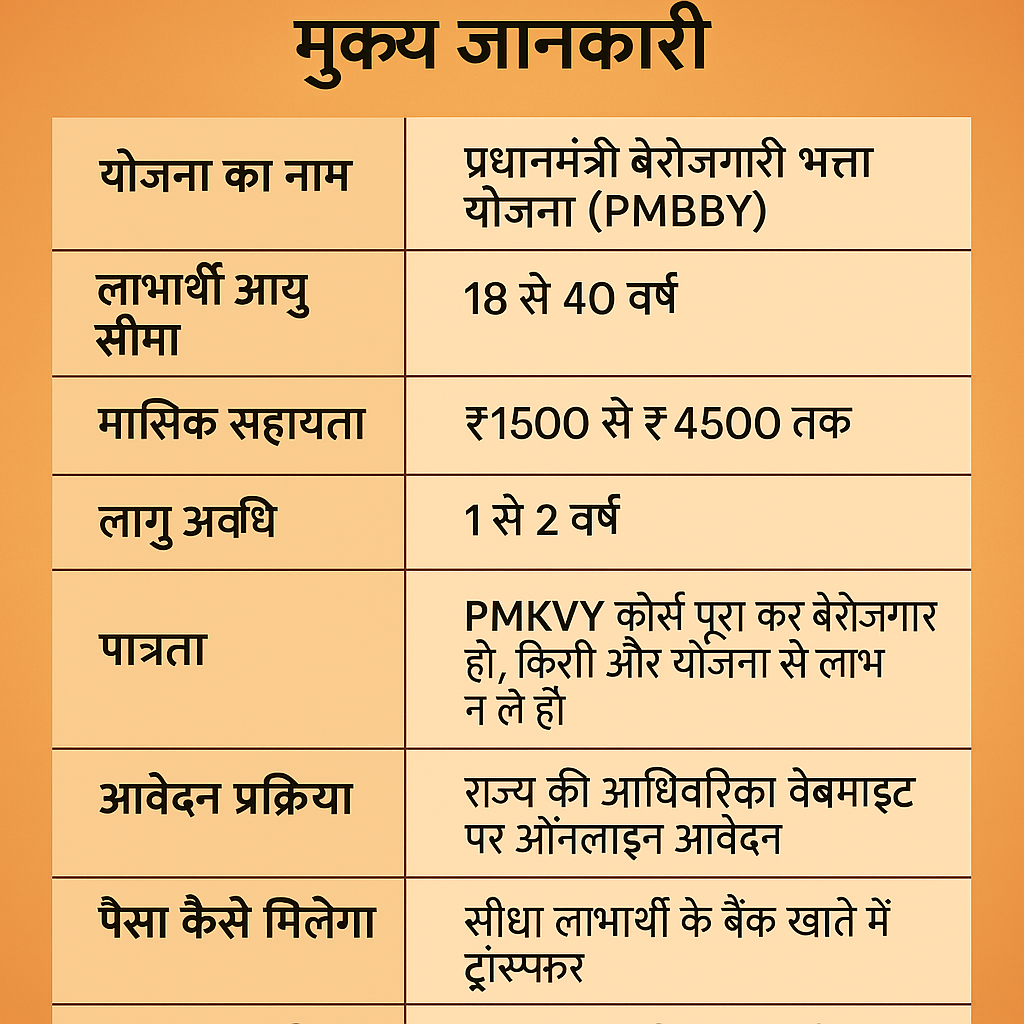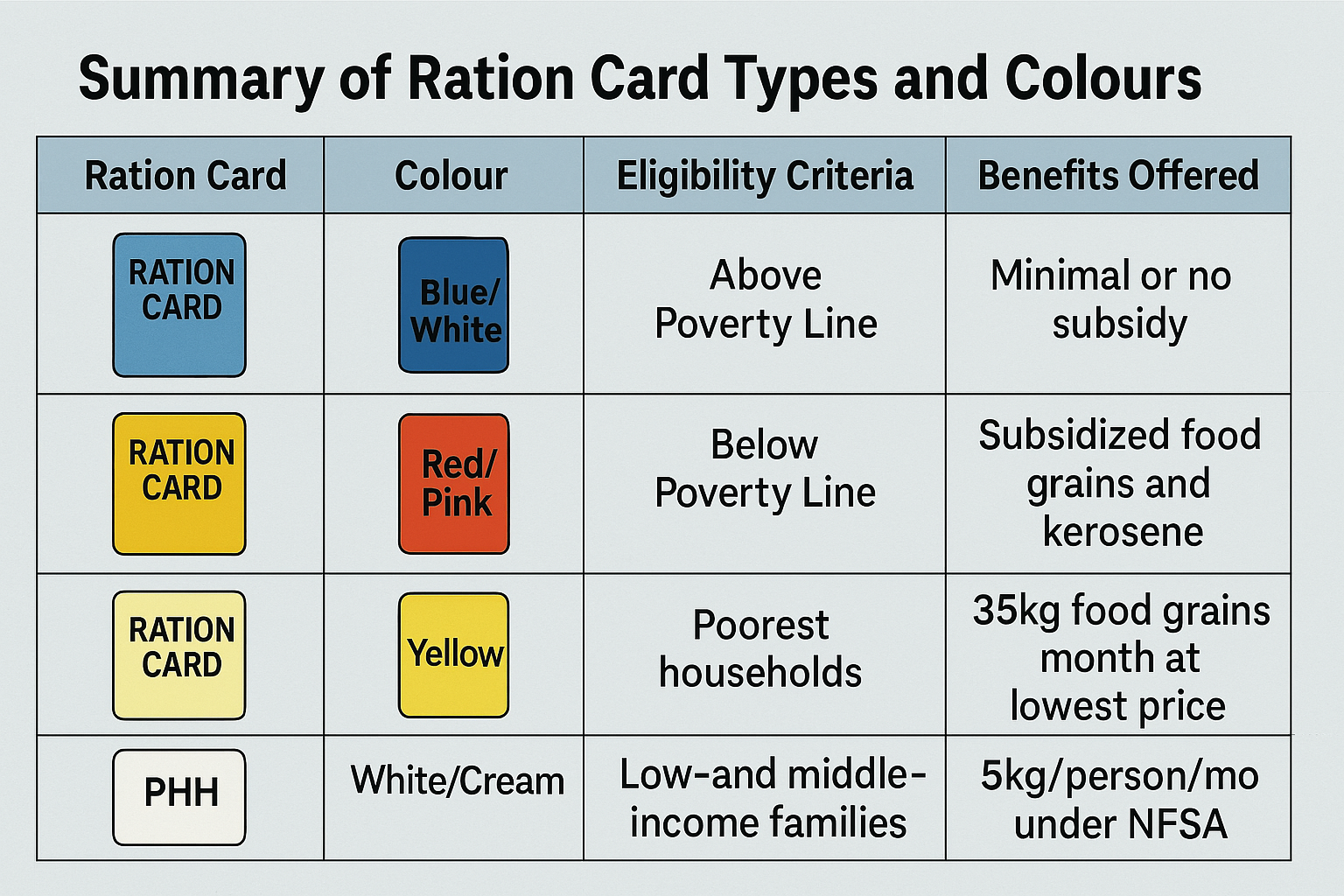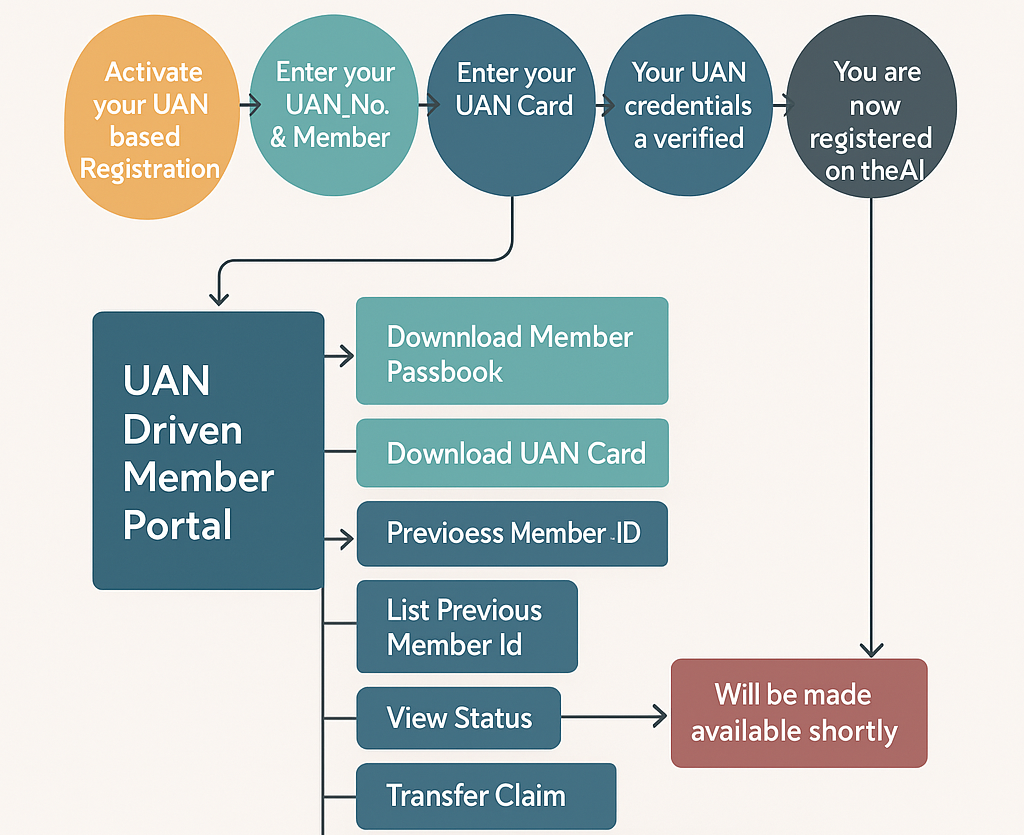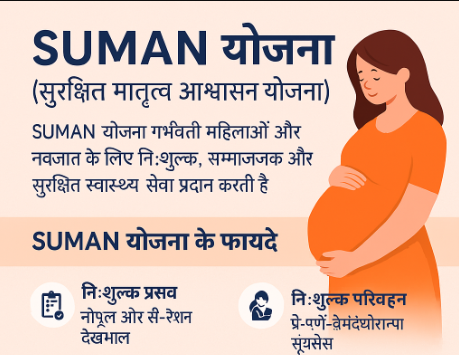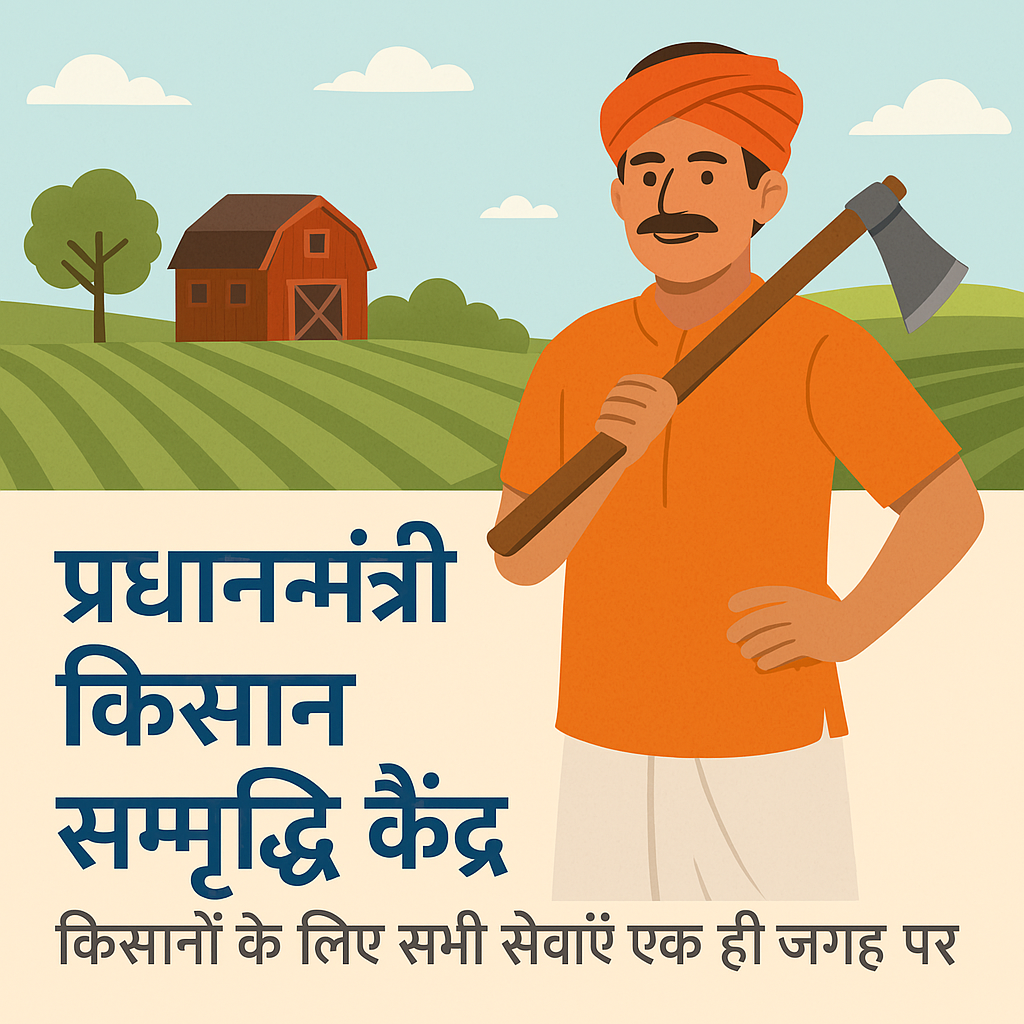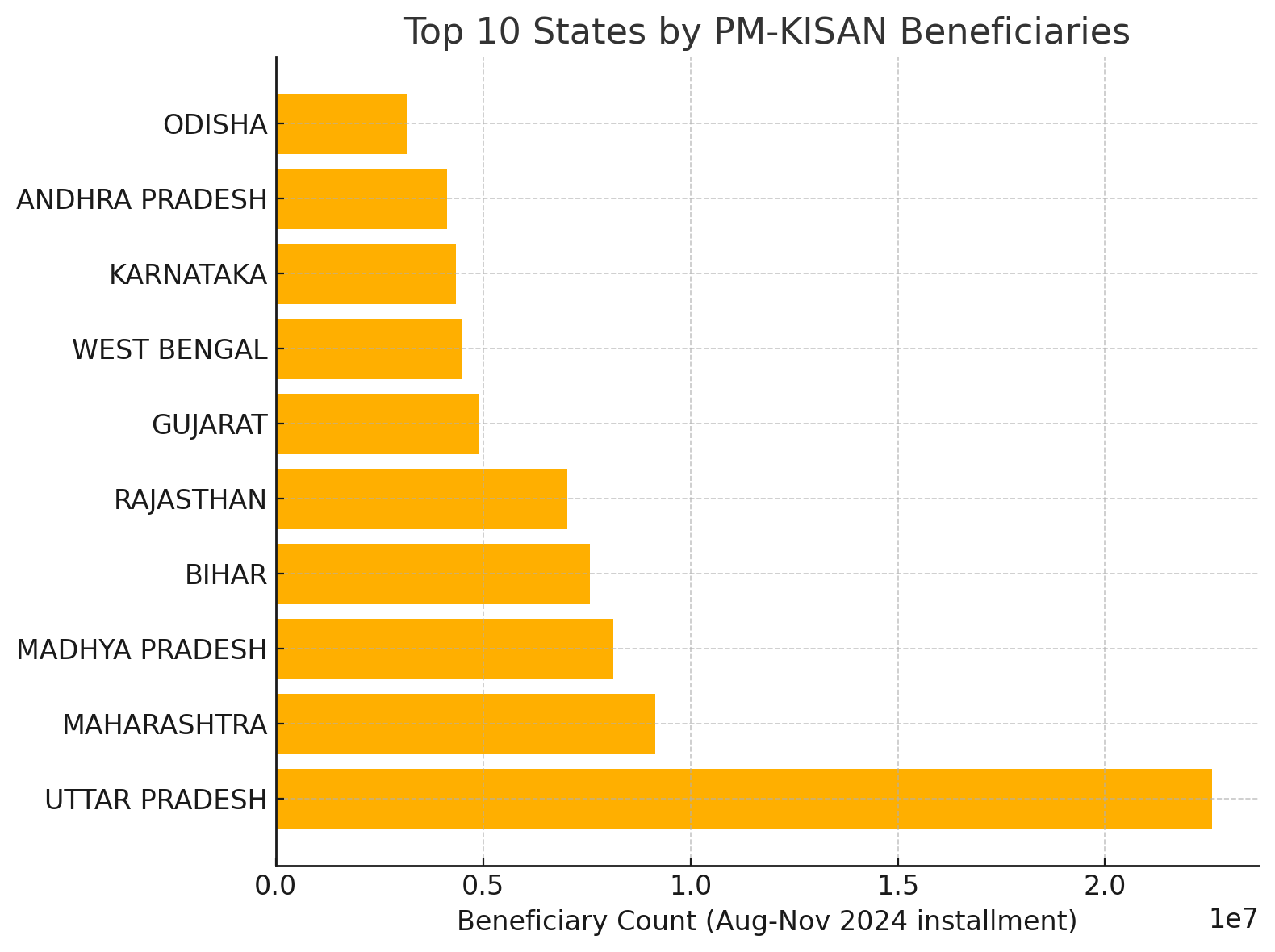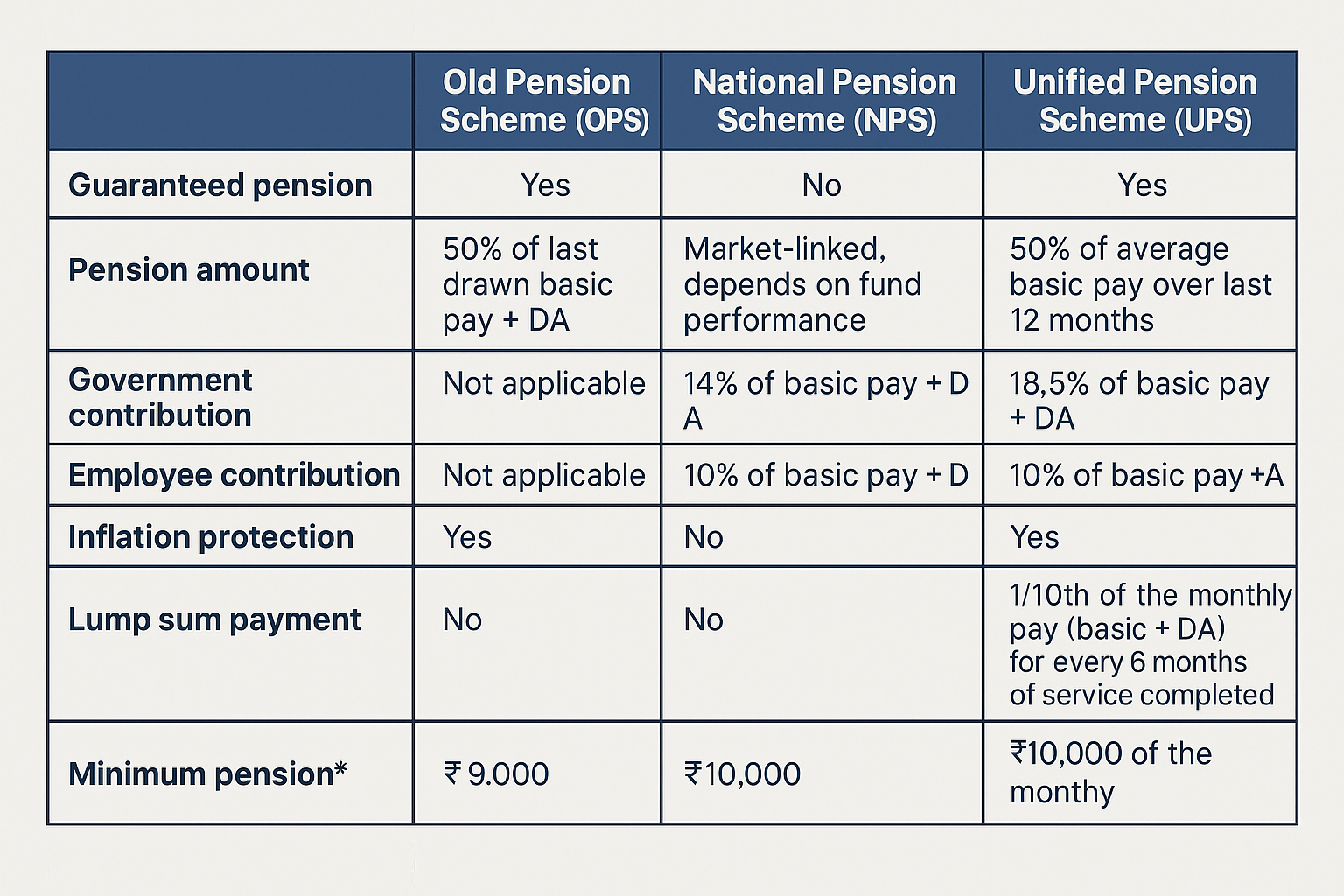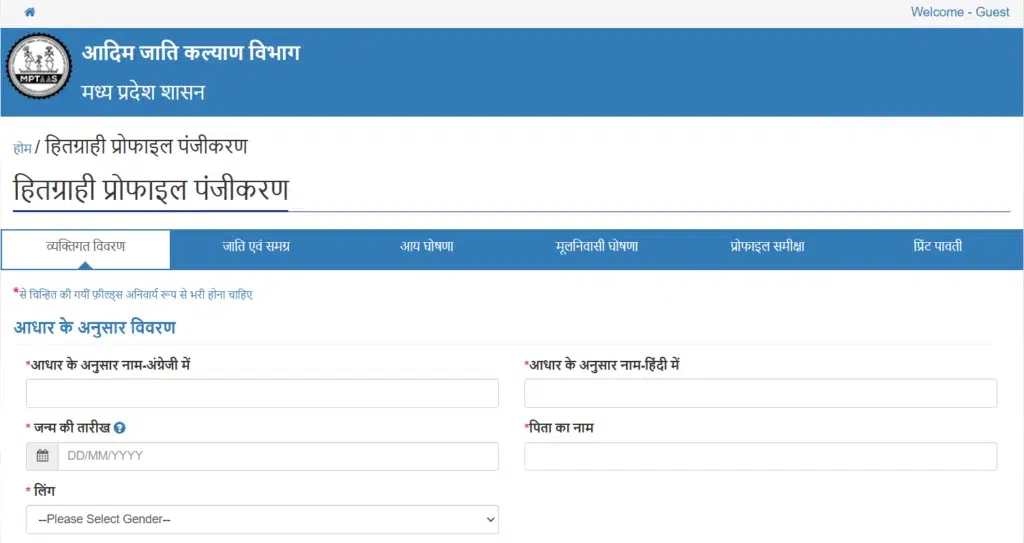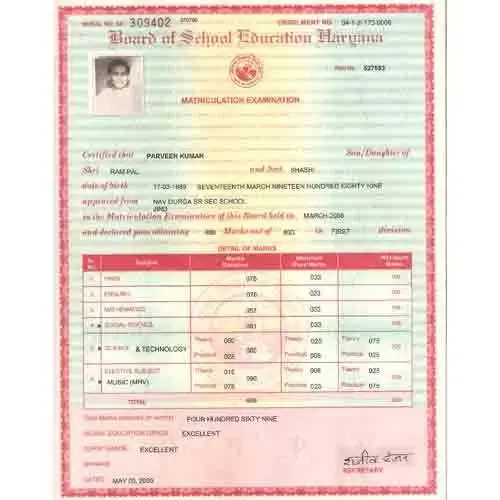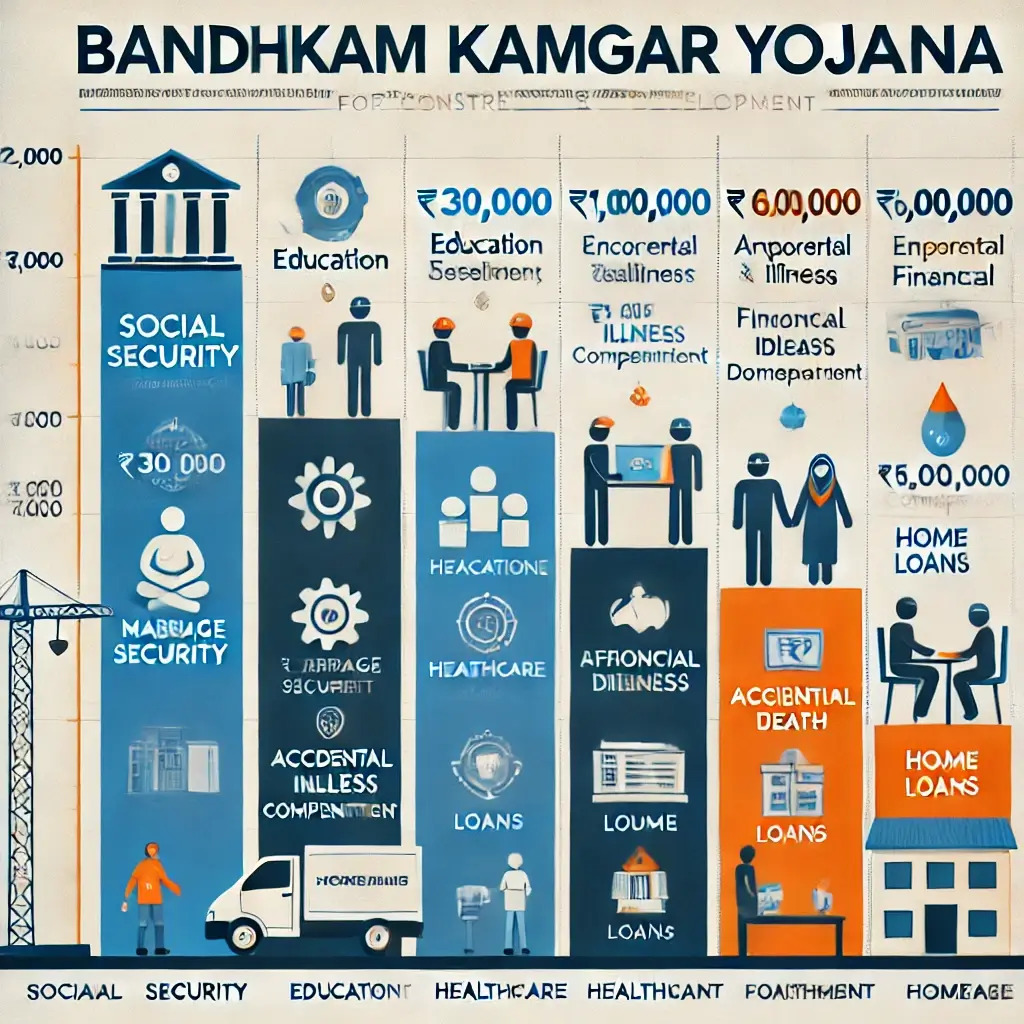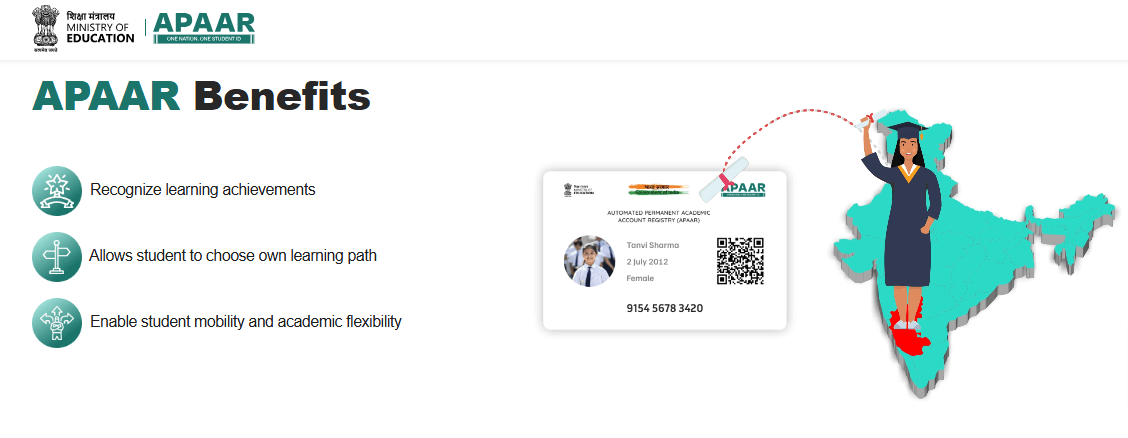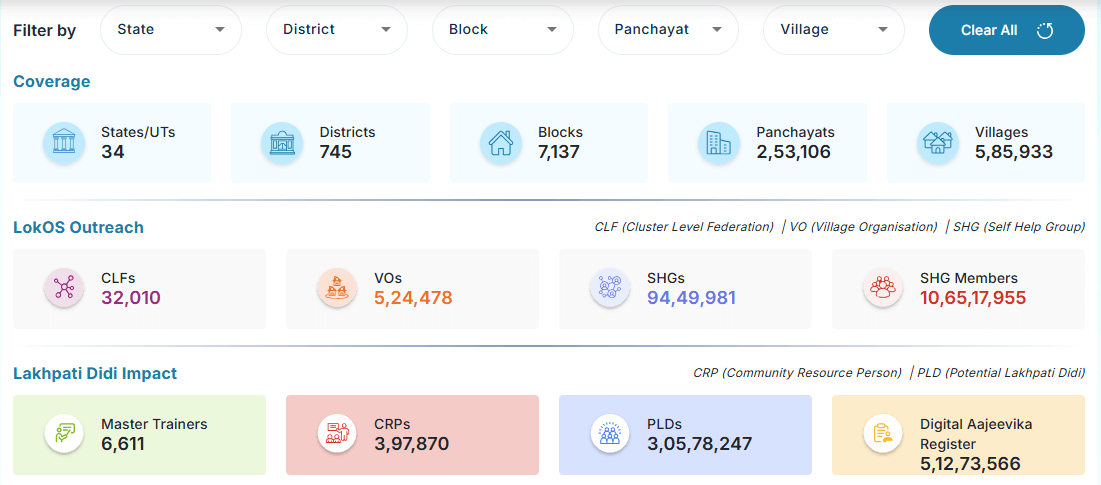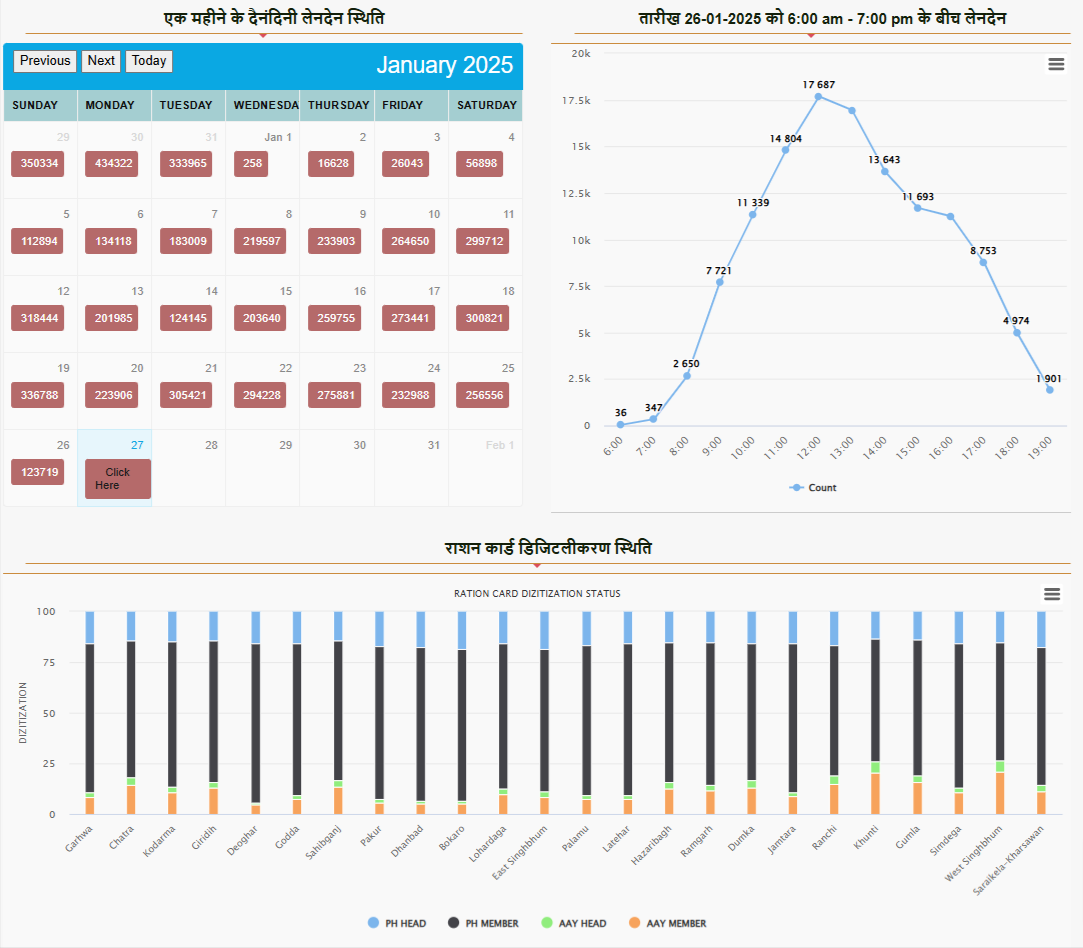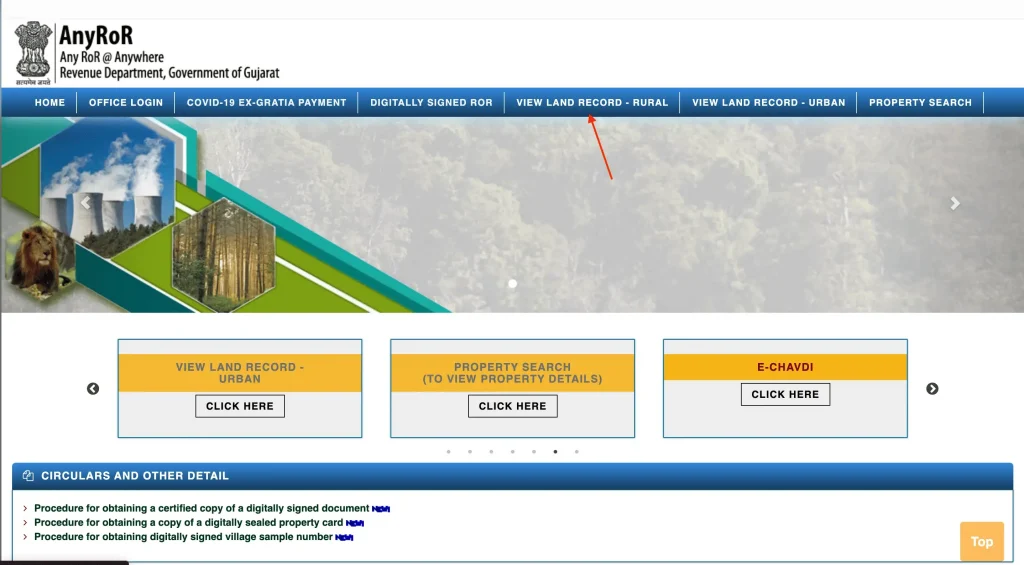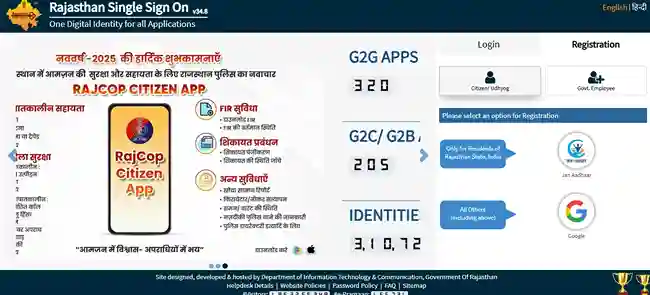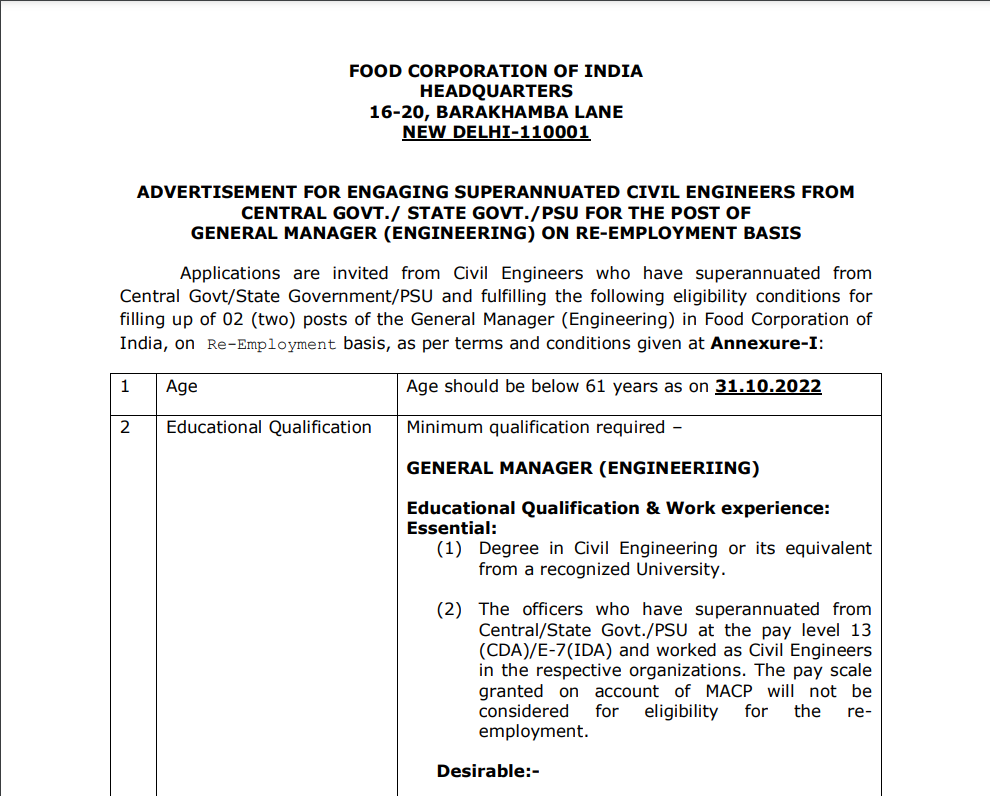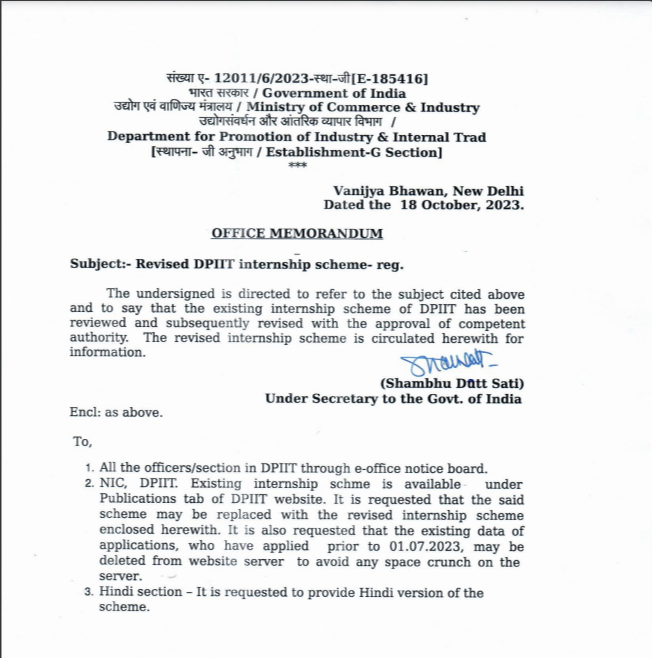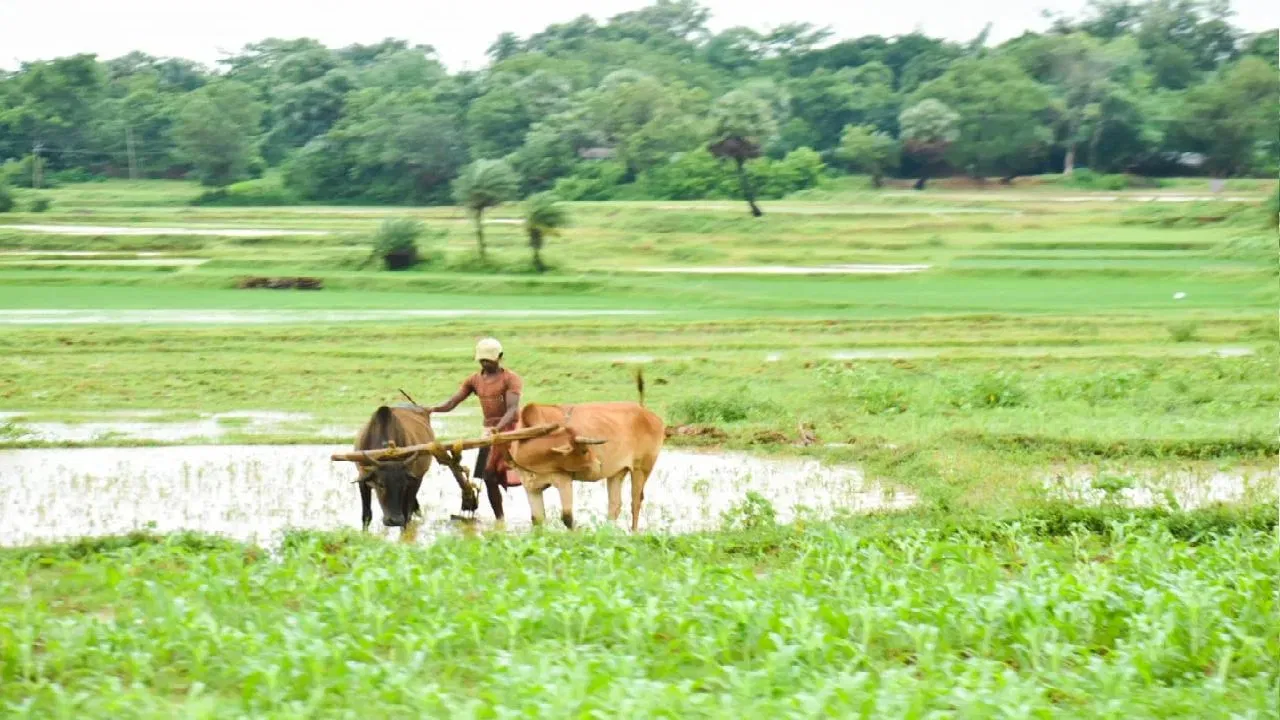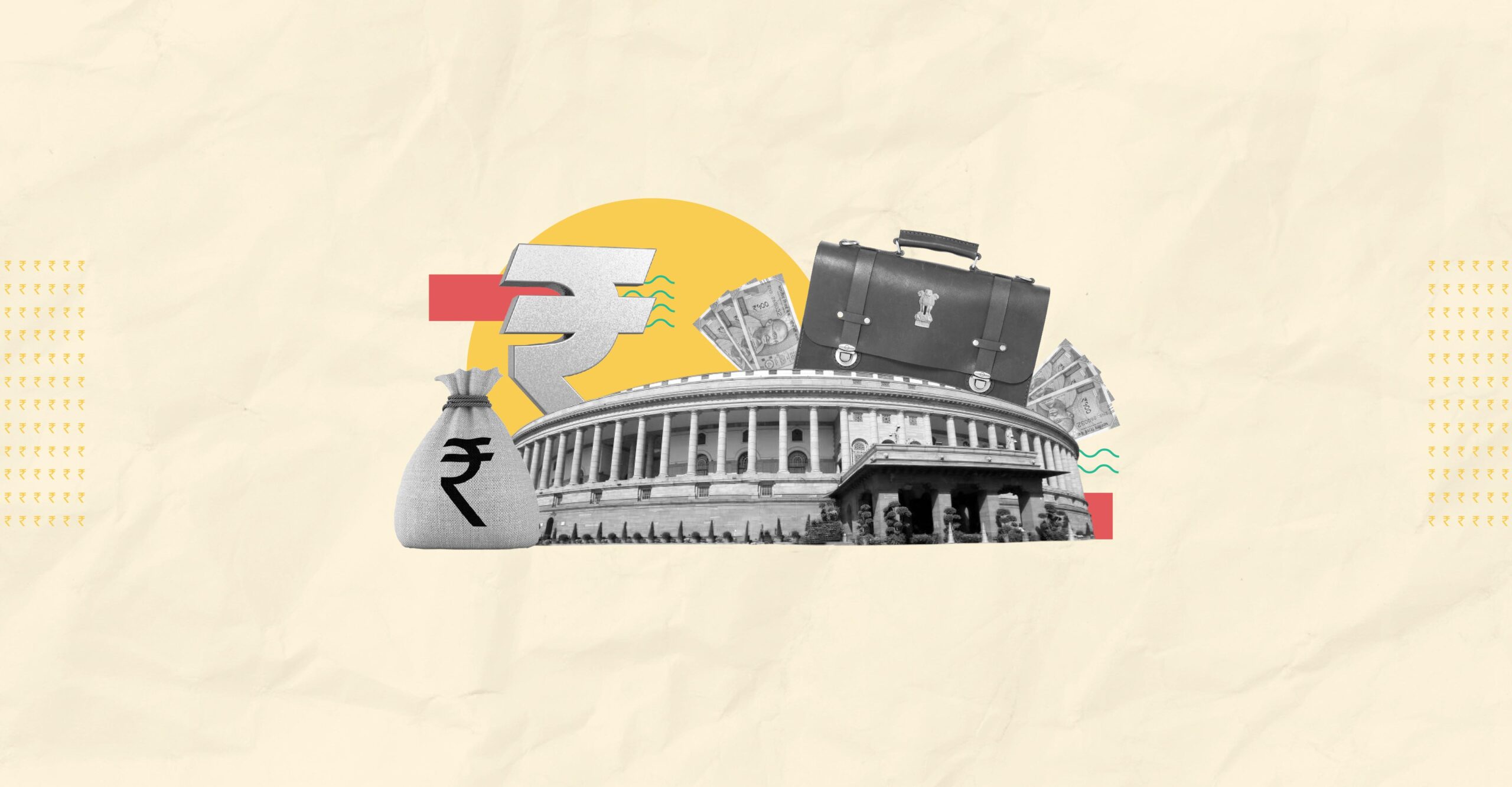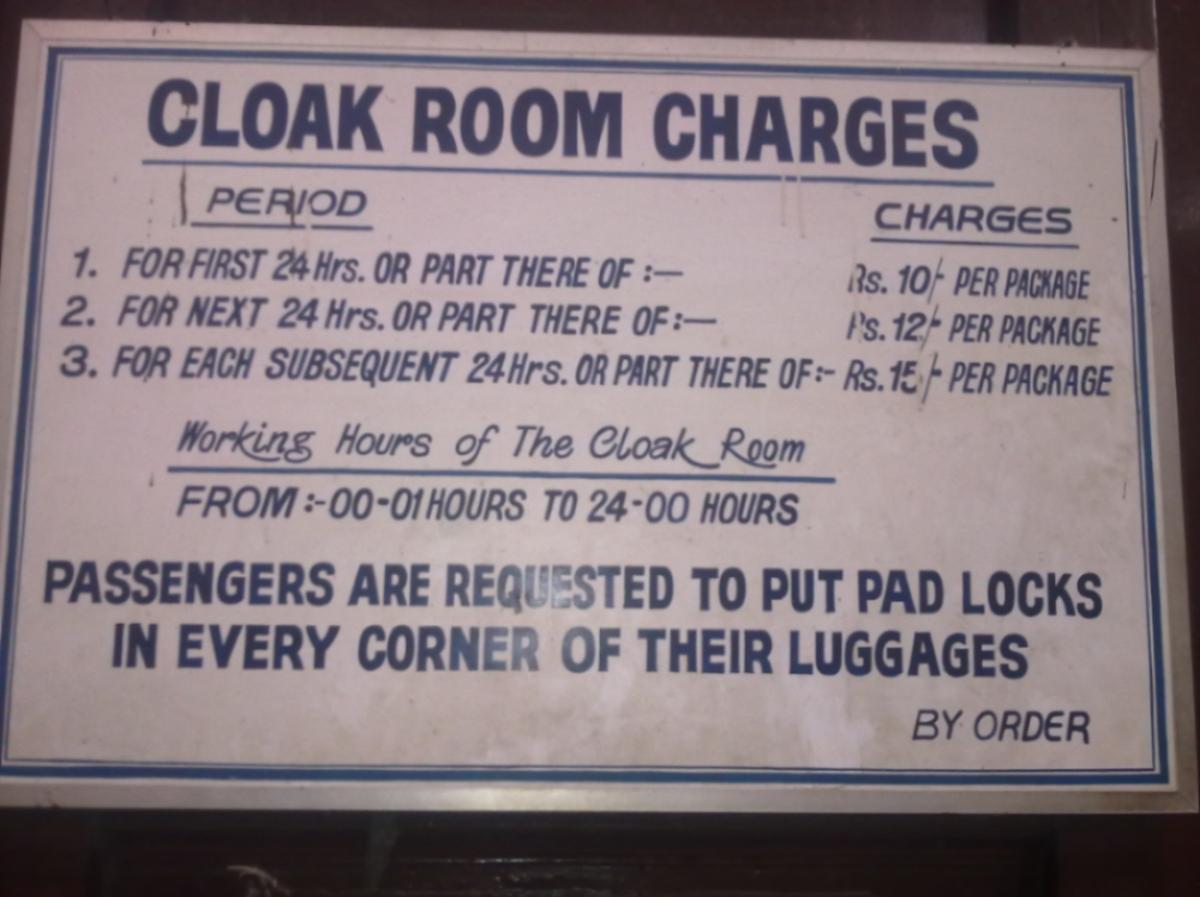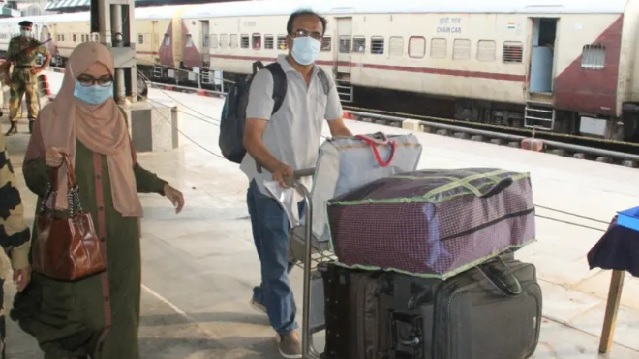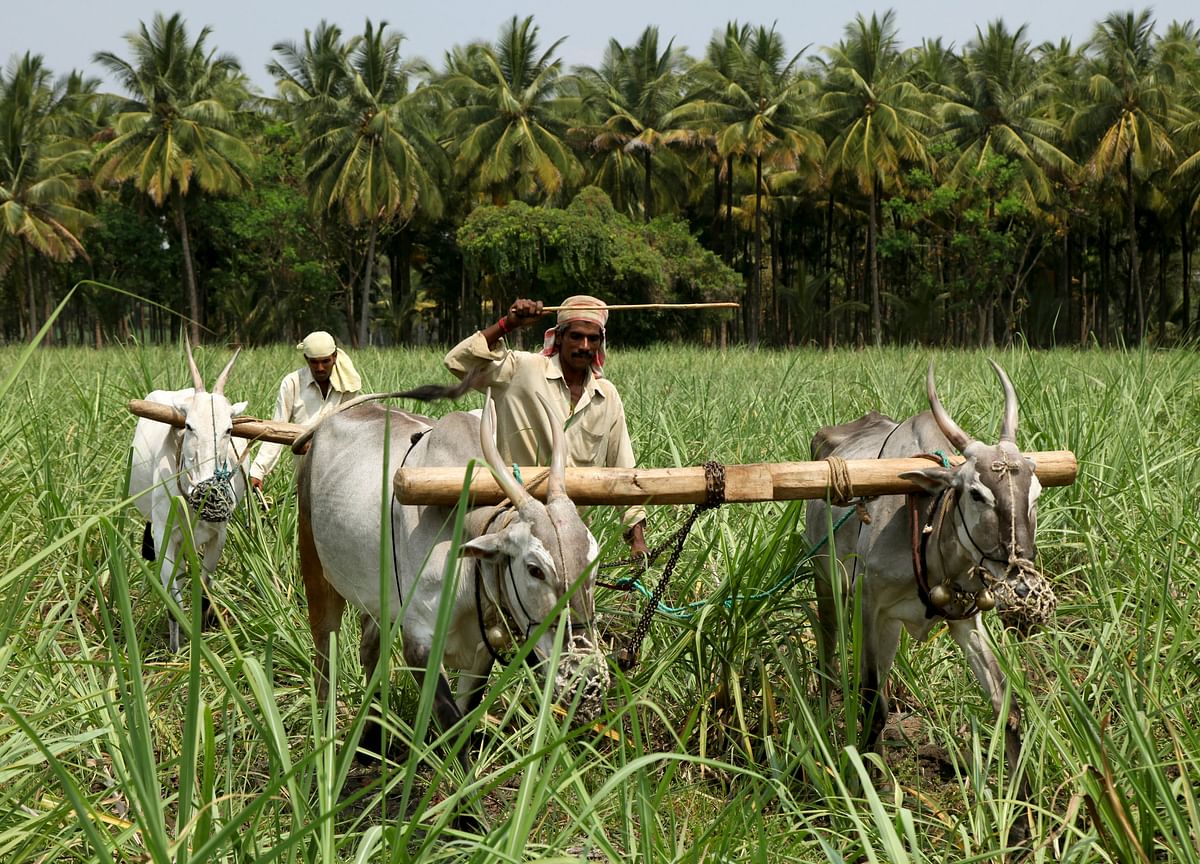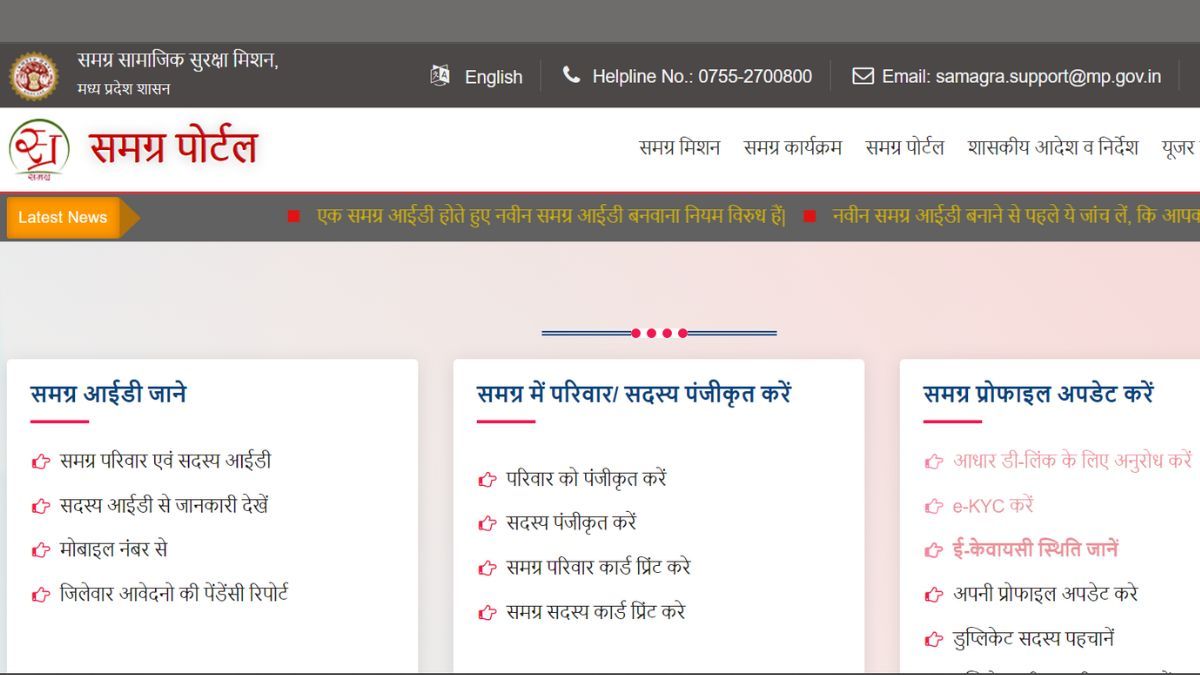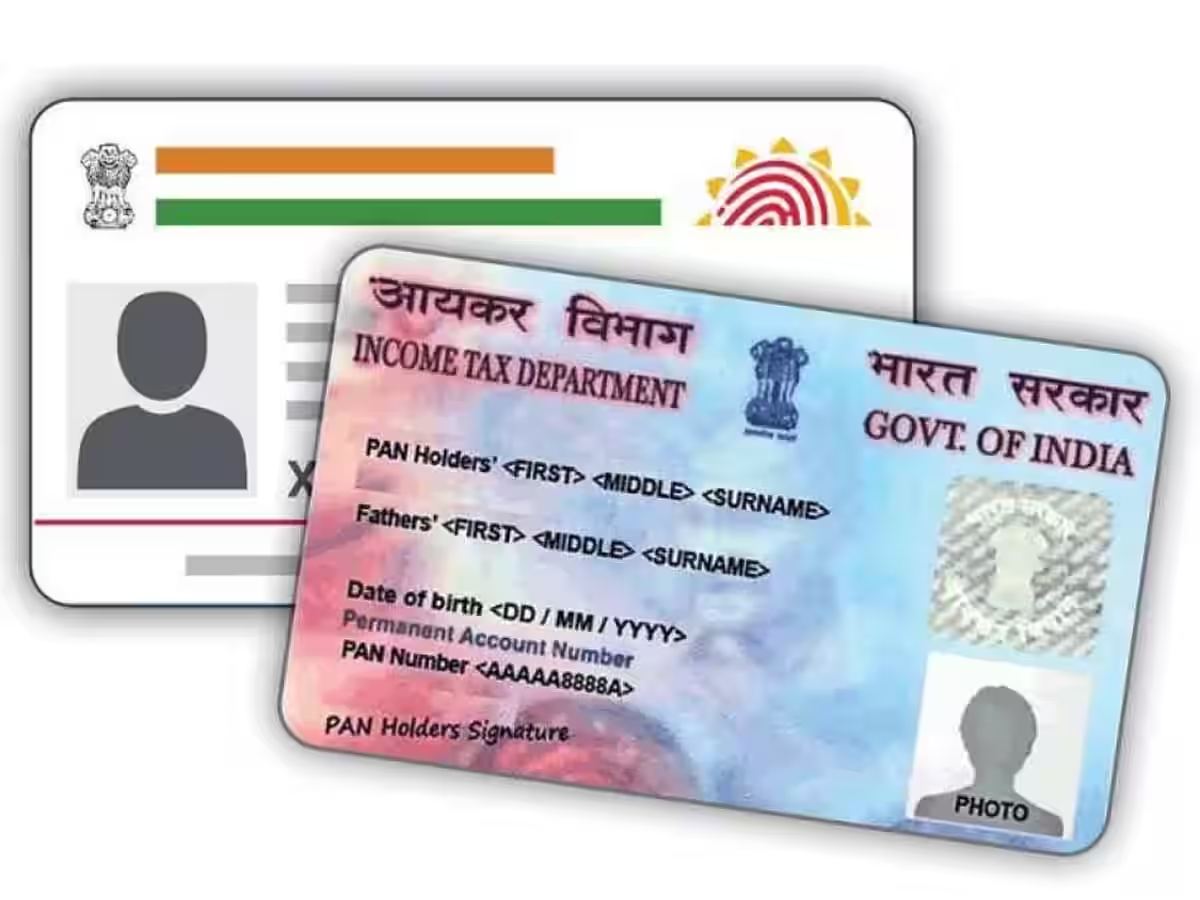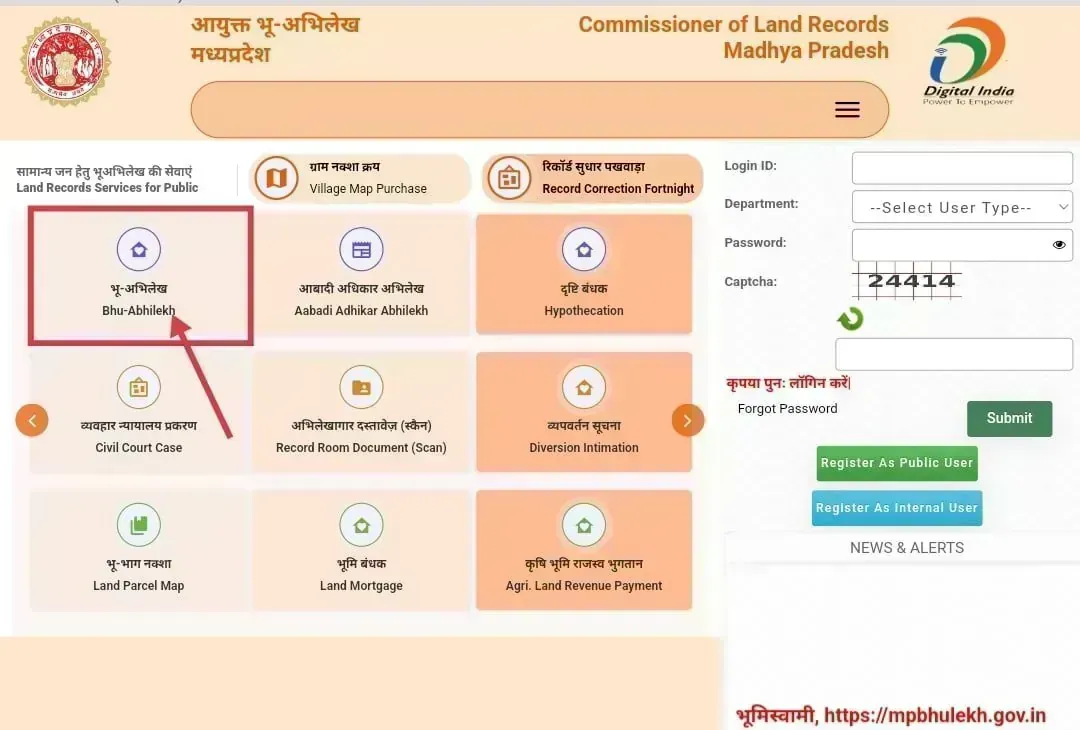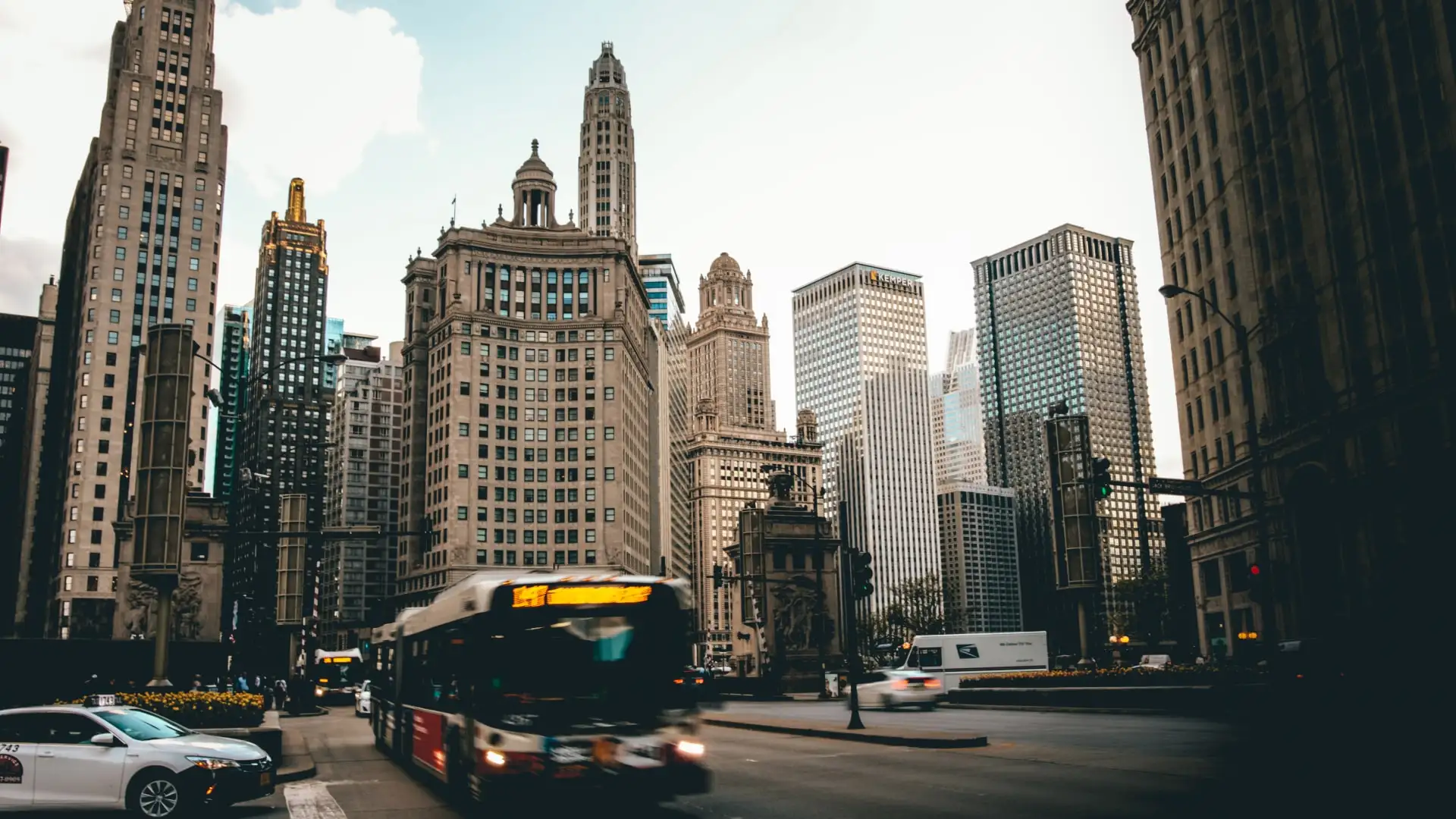
Last Updated on April 3, 2025 by Sudhir Singh
Summary
The Kantedar Tarbandi Yojana is a government scheme that provides up to 50% subsidy to farmers for installing barbed wire fencing around their agricultural land. Aimed at preventing crop damage caused by stray animals, the scheme supports both individual and community fencing.
Eligible farmers can apply online or offline through the state agriculture department by submitting land documents, Aadhaar, and bank details. After installation and verification, the subsidy is transferred directly to the farmer’s bank account.
This initiative helps safeguard crops, reduce losses, and promote secure, sustainable farming practices across rural India.
If you’ve ever poured months of sweat into your fields, only to see your hard-grown crops trampled overnight by a herd of stray cattle, you know the heartbreak. It’s more common than most people realise, and it doesn’t just cost farmers their harvest; it costs them hope.
That’s exactly where the Kantedar Tarbandi Yojana comes in. It’s not just another scheme with a fancy name and a PDF buried somewhere online. It’s a real effort to help farmers protect what’s theirs through barbed wire fencing backed by government subsidies.
Let’s break it down in plain words.
So, What Is This Kantedar Tarbandi Yojana?
Simply put, the Kantedar Tarbandi Yojana helps farmers fence their land with barbed wire. The goal? Keep stray animals out. The government chips in with a subsidy so farmers don’t have to bear the full cost themselves.
It’s a move that’s been needed for a long time, especially in states where stray cattle or wild animals casually wander into fields like they own the place.
Why This Scheme Even Matters
A lot of people sitting in offices don’t get what crop damage actually feels like. One night of damage can ruin an entire season’s worth of work. Fertilizer, water, labour—it all goes to waste.
This scheme aims to:
- Prevent loss of standing crops
- Cut down on farmer distress
- Promote collective or individual fencing
- Encourage safe, secure farming
It may sound like a small thing—a fence—but on the ground, it’s a shield against months of anxiety.
Who’s Eligible to Apply?
If you’re wondering, “Can I get this benefit?”—you probably can, if:
- You’re a farmer with agricultural land in your name
- Your land documents are clean and updated
- You haven’t already taken the same subsidy under another fencing scheme
- You’re willing to fence either individually or as a group with other farmers
That’s about it. This scheme isn’t trying to be complicated.
That said, rules may vary slightly by state, so do check with your local agriculture office.
How Much Help Do You Get (Subsidy)?
Let’s talk money, because that’s what most farmers really care about.
- Up to 50% subsidy on total fencing cost
- In most cases, the cap is around ₹40,000–₹48,000
- Covers a maximum of 2 hectares per applicant
- Supports both individual and group fencing
It doesn’t cover your entire cost but it takes a serious chunk off the burden. And for small or marginal farmers, that’s no small thing.
How to Apply (Without Going in Circles)
Here’s the application process. Not the form-filling hell people expect.
- Go to your state’s Agriculture Department portal.
- Find the scheme under “Fencing Subsidy” or “Tarbandi Yojana.”
- Fill out the online form. Yes, there might be a few glitches. Don’t let it scare you off.
- Upload your documents (Aadhaar, land papers, bank passbook, etc.).
- Wait for verification. A local officer might visit your field.
- Once approved, go ahead and install your fencing.
- Submit proof (photos, bills, completion report).
- Sit tight—subsidy usually hits your bank account in 30–60 days.
If your state still does this offline, visit your local Krishi Vibhag office. They’ll help you file it old-school style.
Documents You’ll Need
Just like every government scheme, you’ll need to collect a bunch of papers. Here’s the typical list:
- Aadhaar Card
- Bank passbook copy
- Land ownership proof (Jamabandi/Khasra)
- Passport-size photo
- Mobile number (linked to Aadhaar)
- An affidavit, in some cases
- Crop details (depends on the region)
When in doubt, ask your Patwari or local agriculture officer. They usually know what’s needed.
What Happens After You Apply?
Here’s the short version:
- A pre-installation check is done by the agriculture department.
- You’re green-lit to go ahead with the fencing work.
- After completion, they come back for a post-installation inspection.
- They verify your photos, bills, and measurements.
- Subsidy is credited directly into your bank account—no middlemen.
Yes, you may need to follow up a few times. But farmers who’ve done it say it’s worth the trouble.
Real Benefits (Beyond the Obvious)
- Keeps animals out. Simple, but powerful.
- Saves lakhs of rupees in crop losses over time.
- Encourages community fencing, which lowers costs.
- Gives peace of mind during harvest.
- Works great for border villages and open fields.
You won’t fully appreciate it until you’ve had one stress-free season.
But Let’s Be Real… It’s Not All Smooth
- Some villages don’t even know this scheme exists.
- Verification can take a while.
- Online systems can be glitchy.
- Initial costs must be borne by the farmer before reimbursement.
Still, thousands of farmers have successfully claimed the subsidy. Don’t let these issues stop you, just go in informed and persistent.
Frequently Asked Questions (FAQs)
Q1: How much subsidy can I get under the Kantedar Tarbandi Yojana?
Usually up to 50% of the total cost, capped around ₹40,000–₹48,000 depending on state guidelines.
Q2: Is it mandatory to install the fencing before getting the subsidy?
Yes. First, you apply and get approval. Then you install the fence and submit proof. After that, subsidy is released.
Q3: Can small farmers apply?
Absolutely. This scheme is especially beneficial for small and marginal farmers with limited land.
Q4: Is online application compulsory?
Most states now prefer online applications. But in remote or less-connected areas, offline options are still available through the agriculture department.
Q5: How long does it take to get the subsidy after installation?
Typically between 30 and 60 days after verification.
Final Thoughts
The Kantedar Tarbandi Yojana isn’t some magic fix, but it’s a solid step toward protecting what matters most to farmers: their crops, their income, and their peace of mind.
If you’ve been dealing with nightly visits from wandering cattle or wild animals, don’t wait for another harvest to get ruined. Apply for the subsidy. Talk to your neighbours. Build a community fence. Do whatever it takes.
Because sometimes a simple fence is the strongest wall between survival and loss.


